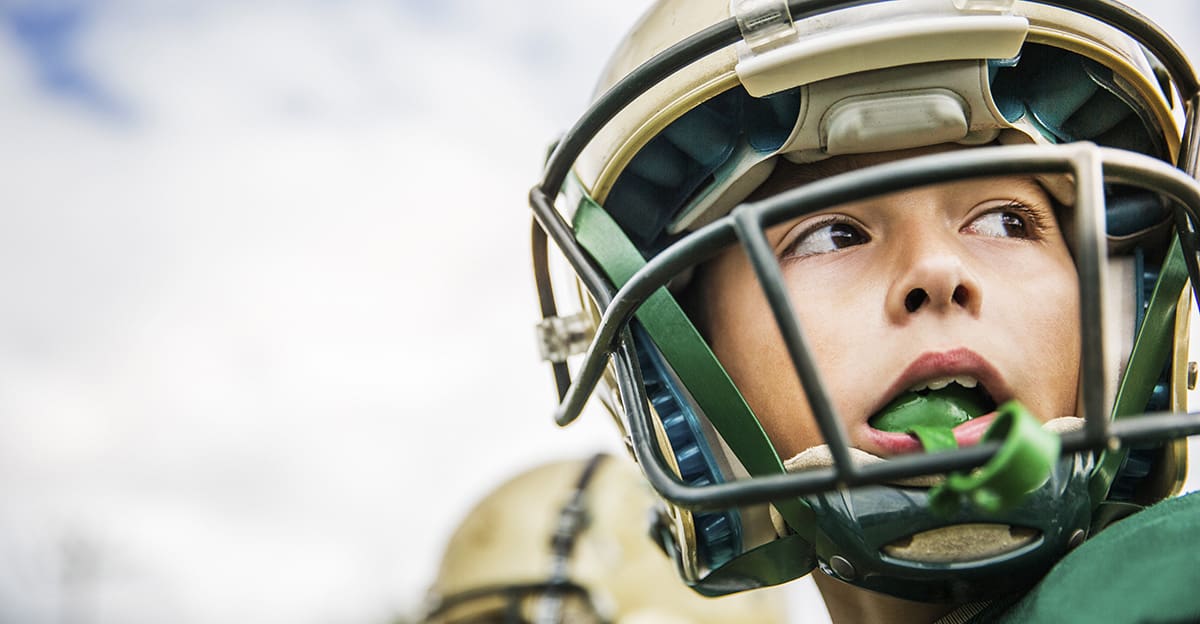
Watch any of the great baseball pitchers, and you’ll often see them chewing sunflower seeds or a wad of bubblegum in their mouth. Or how about football players that chew on their mouthguards between plays. These athletes are using oral motor skills as part of their success repertoire. Research studies have reported the positive effects of chewing gum on cognitive skills, including alertness, attention, processing speed, and memory.1
Oral motor skills refer to the use and function of the muscles of the face, including the tongue, lips, and jaw. Many children with special needs need additional practice and input in this area. Oral motor therapy works on the skills necessary for proper speech and feeding development. These skills include awareness, strength, coordination, movement, and endurance of the lips, cheeks, tongue, and jaw. In addition, as sports athletes know, oral motor tools are used for self-regulation and attention.
As gum chewing is prohibited on many campuses, addressing the oral motor needs of students during the school day can be challenging. Finding safe, quiet, and appropriate sensory alternatives is key. Taking oral motor breaks, such as blowing bubbles, using cause-and-effect whistles, or using a straw to blow a ping pong ball may be helpful.
Also Read : 11 Ways to Reboot Your Yoga Practice
Other Safe Chewing Options
There are also safe alternatives for chewing when gum or other foods are not an option. If you have a student that is chewing their pencil top down to a nub, or a child that is chewing on their shirt collar, these are indicators that they might benefit from oral motor tools like Abilitations chewlery. These are made of plastic that’s latex-free, phthalate-free, and BPA-free. They include wearable options like bracelets and necklaces, as well as some that can clip onto a collar or slide on a pencil top.
Some students may be heavier chewers than others, so experiment with different thicknesses and sensory textures. A solution like Chewigems may help you find that just right input for each child. Take a note from the pro’s playbook and start using oral motor tools as part of your child’s game plan for success! Visit our website for more information and oral motor options.
- Allen AP, Smith AP. Chewing gum: cognitive performance, mood, well-being, and associated physiology. Biomed Res Int. 2015;2015:654806. doi: 10.1155/2015/654806. Epub 2015 May 17. PMID: 26075253; PMCID: PMC4449949.
Cecilia Cruse
Cecilia Cruse, MS, OTR/L has a BS degree in Occupational Therapy from the University of Florida, and her Master’s degree in Education from Georgia State University. She is SIPT certified and has over 25 years’ experience in pediatrics with school-based services, acute care, and outpatient pediatric settings.
Read more posts by Cecilia Cruse–>





